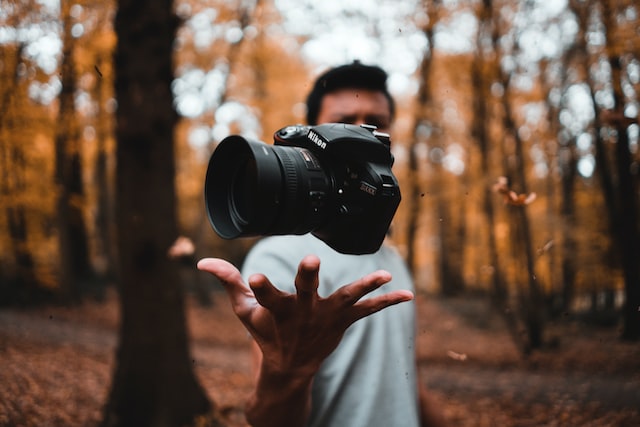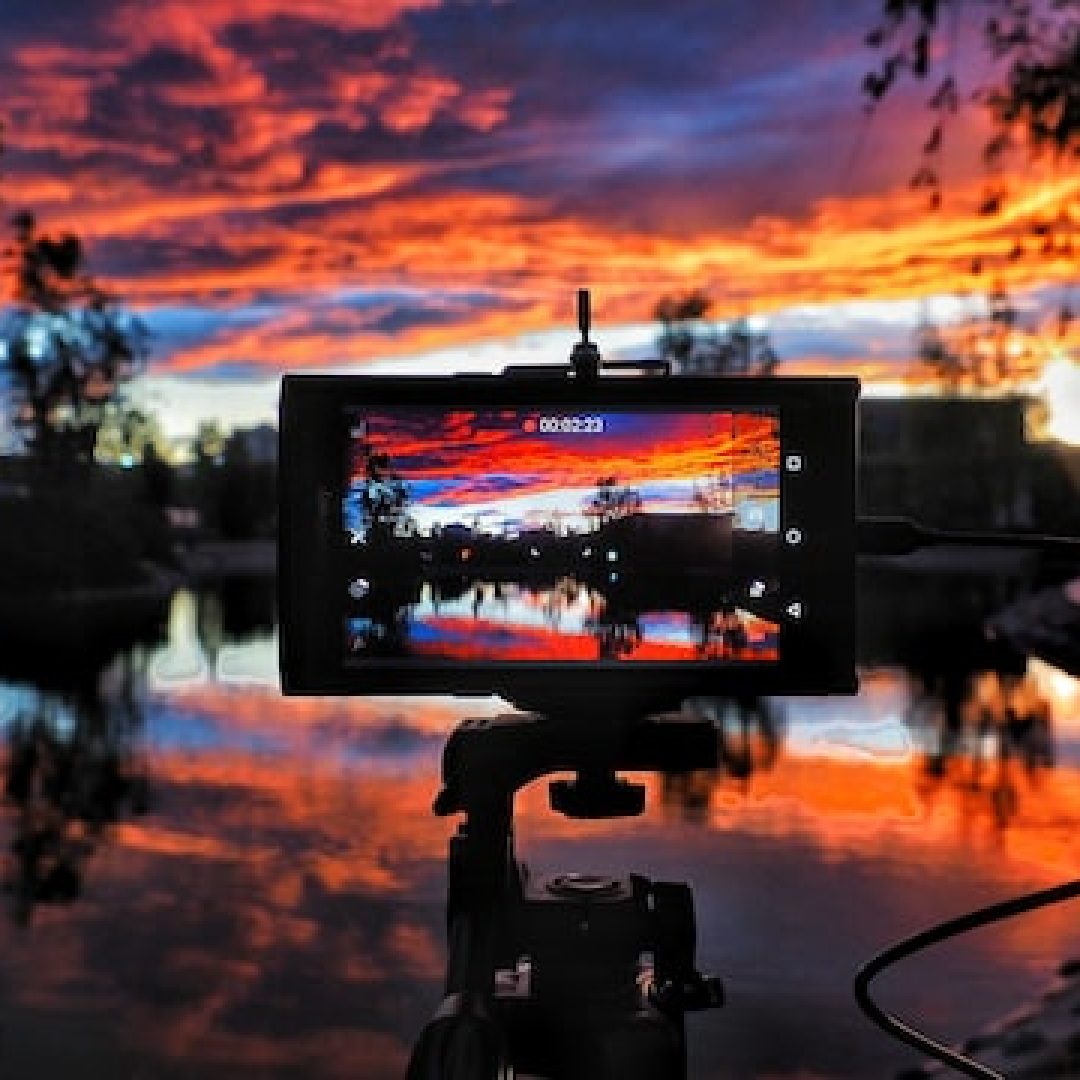Photography is an art form that has existed for centuries, yet it has only recently become truly accessible to the masses. With the advent of digital and smartphone cameras, anyone can take decent photos. But what separates a good photo from a great one?
The answer lies in understanding the seven elements of photography. Once you understand and are able to control these elements, you will be able to take your photography to the next level.
Lines
Lines are one of photography’s most important elements, yet they are often overlooked. Lines can be used to lead the eye into the frame, or they can be used to create a sense of movement. They can also be used to create a sense of depth.
When composing your photo, look for lines that will help to create the desired effect. Horizontal lines tend to create a feeling of stability, while vertical lines add a sense of drama. Curved lines can be used to add a sense of gracefulness or fluidity.
Shape
The silhouette is the most essential part of any shape. It’s the purest essence, without form or color – just stark contrast with its surroundings which gives it extra clarity in an image (and makes for easier identification). The only markings usually found on Silhouettes are shadows from different values within the scene.
Finding and using silhouettes can be a great way to add impact to your photos. Look for stark contrasts between light and dark. You can also use backlighting to create a silhouette effect.
Texture
Texture is another element that is often overlooked. The textures in your photo can add visual interest and depth. Rough textures can make a photo feel more rugged, while smooth textures can make it feel more serene. Look for interesting textures around you and see how you can incorporate them into your photos.
Form
The forms in your photo are the three-dimensional shapes that you see. These can be things like mountains, buildings, or people.
Think about how you want to use form in your photos. Forms can be used to create a sense of depth or scale. They can also be used to add visual interest.
Color and Light
Color and light are two of the most important elements of photography. They can be used to create a certain mood or atmosphere in your photos.
Think about how you want to use color and light in your photos. Do you want to create a warm and inviting feeling? Or do you want to create a more mysterious and dramatic feeling?
You can also use color and light to add contrast to your photos. For example, if you are photographing a white flower, you may want to include some dark leaves in the frame to create a sense of contrast.
Size
The size of the elements in your photo can also be used to create a certain feeling or mood. Large elements will make a photo feel more expansive, while small elements will make it feel more intimate.
Think about how you want to use size in your photos. You can use size to create a sense of scale or depth. You can also use size to draw attention to a particular element in the frame.
Depth
Depth is another important element that is often overlooked. The depth in your photo can add visual interest and dimension.
Think about how you want to use depth in your photos. You can use depth to create a sense of scale or distance. You can also use depth to add visual interest.
Utilizing The Rule of Thirds For The Main 7 Elements
The rule of thirds is a guideline that suggests that an image should be divided into nine equal parts by two horizontal and two vertical lines. The theory is that if you place the important elements of the scene along these lines or their intersections, the photo will be more balanced and more interesting to look at.
While the rule of thirds is a good guideline, it’s not something that you should always strictly adhere to. Sometimes breaking the rules can lead to more interesting and creative photos.
The important thing is to be aware of the rule of thirds and to use it when it will help to create a more balanced and interesting photo.
When composing your photo, look for lines that will help create the desired effect. Horizontal lines tend to create a feeling of stability, while vertical lines add a sense of drama. Curved lines can be used to add a sense of gracefulness or fluidity.
Final Thoughts
By understanding and controlling these seven elements, you will be able to take your photography to the next level. Experiment with different techniques and see how you can use these elements to create the type of photos you want.







